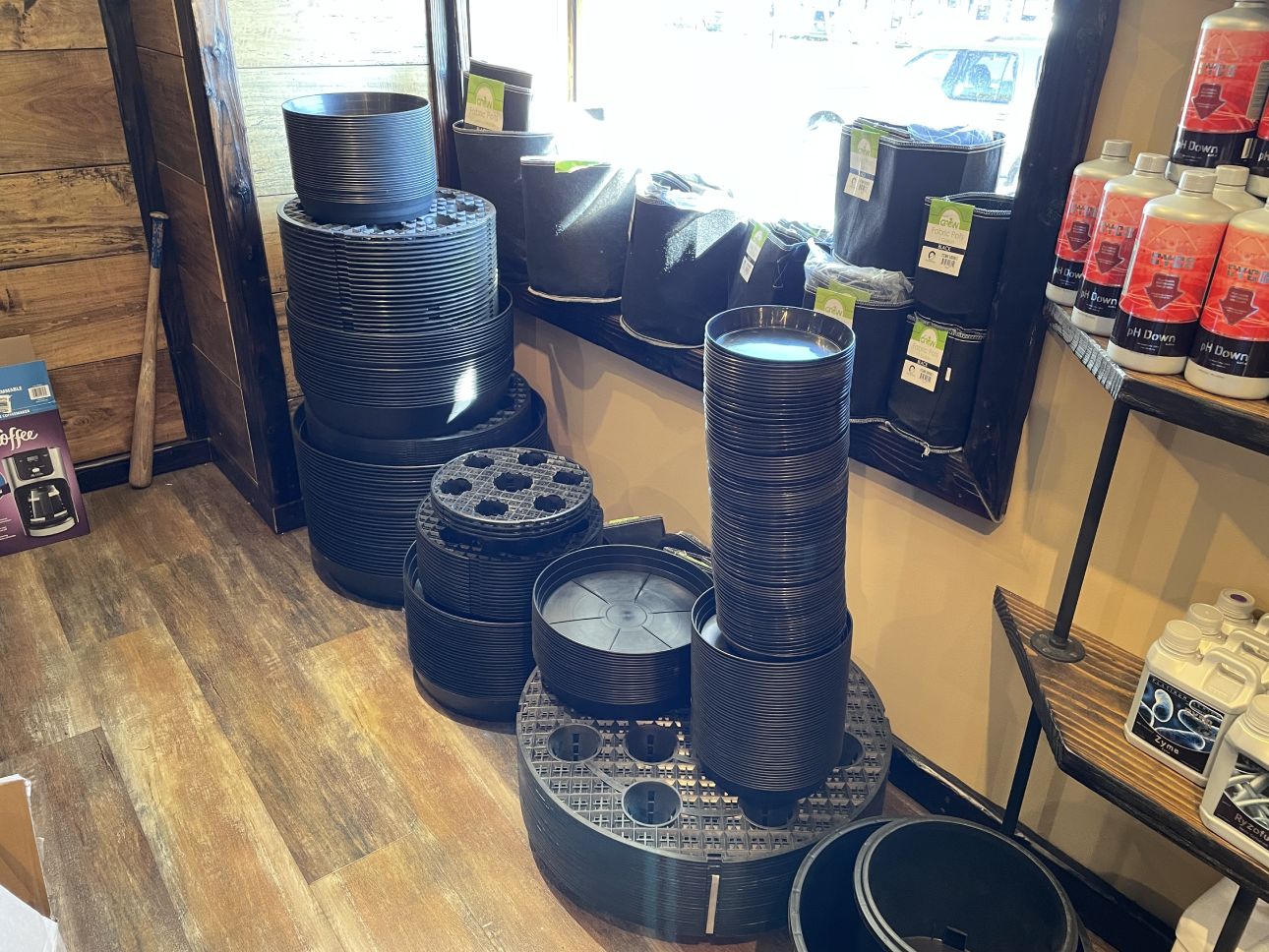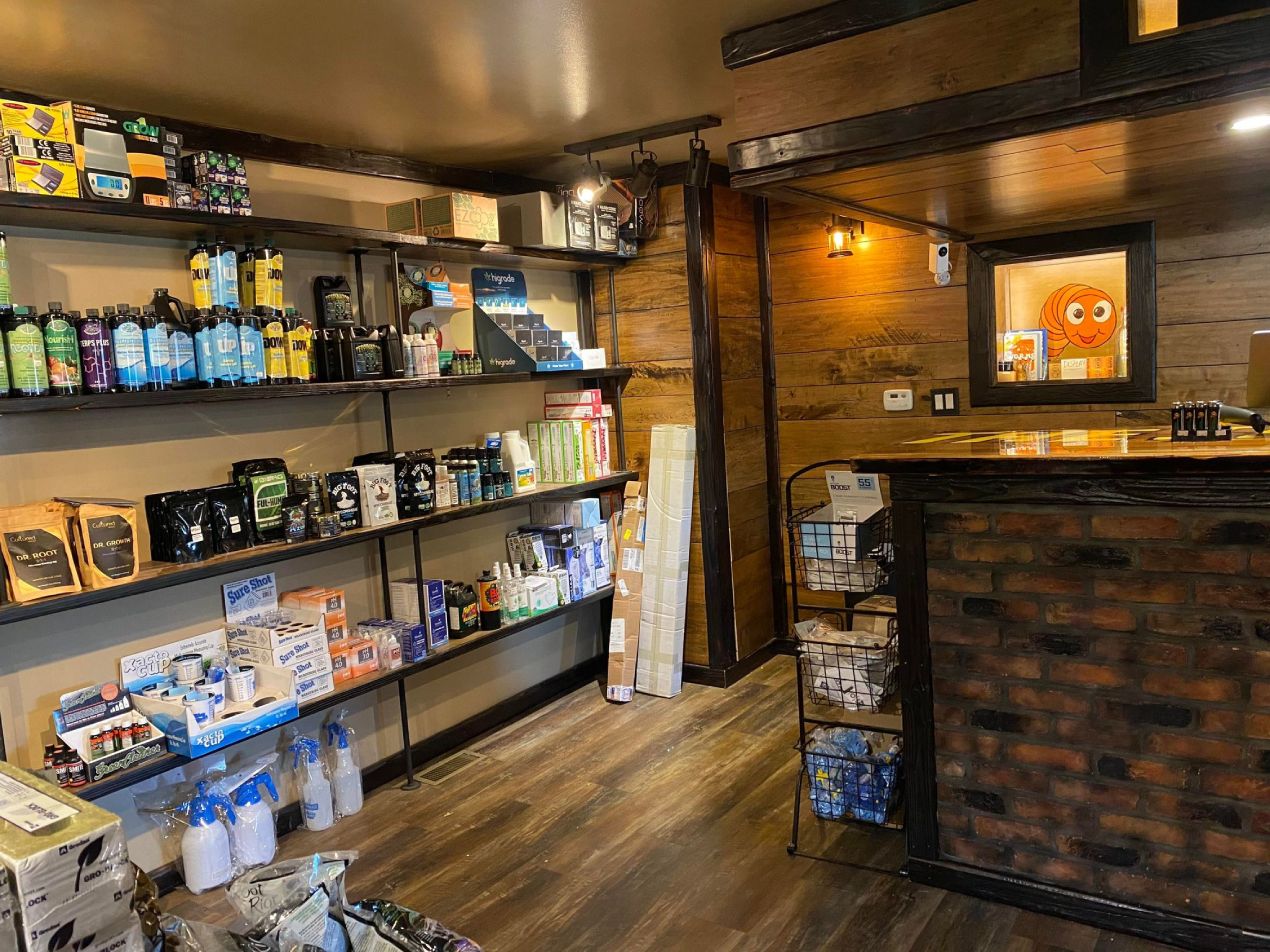The Indoor Earthworm: A Remarkable Journey right into Vermiculture
Wiki Article
Mastering Hydroponic Nutrient Solutions for Healthy Plants
In the detailed world of hydroponic horticulture, achieving optimum plant growth and health depends heavily on grasping the art of nutrient services. Effectively balancing necessary nutrients, understanding the delicate dancing of pH degrees, and ensuring water high quality are simply a couple of items of the challenge in growing flourishing plants without soil. As we dig right into the intricacies of hydroponic nutrient solutions for healthy and balanced plants, a thorough method to nutrient administration comes to be the cornerstone of success in this ingenious expanding technique.Value of Correct Nutrient Balance
Preserving the appropriate balance of nutrients is vital for the optimum growth and development of plants in hydroponic systems. Hydroponic plants rely entirely on nutrient services supplied by cultivators, making it important to give the appropriate combination and concentration of elements for healthy development. Vitamins and mineral equilibrium directly influences the plant's capacity to photosynthesize, take in water efficiently, and resist diseases.In hydroponic systems, crucial nutrients such as nitrogen, phosphorus, potassium, calcium, magnesium, and others have to exist in the appropriate proportions. Imbalances can bring about shortages or poisonings that prevent plant growth. An excess of nitrogen can create fast, weak growth, while a lack of potassium can lead to inadequate fruit growth. Tracking and adjusting the nutrient remedy frequently is crucial to ensuring plants obtain the ideal mix they require for every development stage.
Understanding Ph Degrees
An essential element of hydroponic plant treatment involves recognizing the relevance of pH levels in the nutrient option. pH degrees measure the level of acidity or alkalinity of an option and are vital for plant nutrient uptake. In hydroponic systems, maintaining the right pH array is important for optimum plant growth and growth. Most plant varieties favor a slightly acidic pH variety in between 5.5 and 6.5, where nutrients are most readily available for absorption.
Water High Quality Factors To Consider
Effective hydroponic plant growing needs careful focus to water quality considerations, as it plays an important duty in the overall success of the system. Water top quality can substantially influence the development and wellness of plants in a hydroponic arrangement. One important element to consider is the pureness of the water used. Ideally, utilizing distilled or reverse osmosis water is recommended to protect against the intro of contaminants that could harm the plants. Additionally, checking the water's pH levels, electrical conductivity (EC), and complete liquified solids (TDS) is important to guarantee that the nutrient option remains appropriate and well balanced for plant uptake.An additional crucial element to think about is the water temperature level. Water that is also cozy or as well cool can stress the plants and impede nutrient uptake, bring about stunted growth or nutrient deficiencies. Maintaining the water temperature within the ideal range for the specific plant species being grown is essential to making best use of development capacity. On a regular basis testing the water top quality and making needed pop over to this web-site adjustments will certainly aid develop a healthy environment for plants to prosper in a hydroponic system.
Vital Nutrients for Plant Development
Given the critical function of water top quality in hydroponic plant cultivation, the conversation now shifts to checking out the vital nutrients necessary for ideal plant development. Plants need a variety of nutrients to flourish in a hydroponic system. The key macronutrients vital for plant growth are nitrogen, phosphorus, and potassium. Nitrogen is vital for leafy green growth, phosphorus help in root advancement and blossom manufacturing, while potassium assists with overall plant vigor and illness resistance.In enhancement to macronutrients, plants also need secondary nutrients such as calcium, magnesium, and sulfur. Calcium plays an important function in cell wall structure, magnesium is an essential part of chlorophyll, and sulfur is vital for amino acid production. Micronutrients like iron, manganese, zinc, copper, boron, chlorine, and molybdenum are called for in smaller amounts yet are equally vital for enzyme function, photosynthesis, and overall plant wellness.
Balancing these vital nutrients in the hydroponic nutrient option is vital to make sure plants receive all the components they need for durable growth and advancement. Monitoring and readjusting nutrient degrees look at more info based on plant growth phases is critical to preserve a efficient and healthy hydroponic system.
Tips for Nutrient Solution Administration
To optimize plant development and wellness in hydroponic systems, reliable monitoring of nutrient options is key. Below are some tips for effective nutrient remedy monitoring:Routine Surveillance: Display pH degrees, electrical conductivity (EC), and nutrient levels often to ensure they are within the optimum range for the specific plants being expanded. (The Indoor Earthworm)
Change pH Levels: pH degrees can affect vitamins and mineral schedule to plants. Maintain the pH within the recommended variety (typically 5.5-6.5 for most plants) by making use of pH adjusters.

Maintain Appropriate Temperature Level: Maintain the nutrient service at an appropriate temperature level (normally in between 65-75 ° F) to protect against nutrient discrepancies and microbial growth.

Cleanliness is Trick: Consistently clean and disinfect tanks, pumps, and various other hydroponic system components to stop algae, microorganisms, and mineral buildup.
Final Thought
In conclusion, grasping hydroponic nutrient solutions is vital for maintaining healthy and balanced plant development. By making sure correct nutrient equilibrium, comprehending pH levels, taking into consideration water top quality, and supplying important nutrients, plants can thrive in a hydroponic system. Effective management of nutrient options is vital to taking full advantage of plant wellness and productivity in a controlled atmosphere. By adhering to these tips and standards, growers can achieve optimum lead to their hydroponic gardens.As we dig right into the complexities of hydroponic nutrient solutions for healthy and balanced plants, a thorough approach to nutrient administration becomes the keystone of success in this ingenious expanding approach.
Water that is also warm or also cool can emphasize the plants and prevent nutrient uptake, leading to stunted development or nutrient find more information deficiencies.Provided the crucial role of water quality in hydroponic plant cultivation, the conversation now moves to examining the crucial nutrients necessary for optimal plant growth.In conclusion, understanding hydroponic nutrient solutions is crucial for keeping healthy and balanced plant growth. By guaranteeing correct nutrient equilibrium, understanding pH degrees, considering water high quality, and providing vital nutrients, plants can flourish in a hydroponic system.
Report this wiki page